The Vintagent Road Tests come straight from the saddle of the world’s rarest motorcycles. Catch the Road Test series here.
“Yes, but what’s it like to ride?” Every time we’ve seen the handiwork of eccentric constructor Friedl Münch, we can’t help but be impressed by the sheer scale of the Mammuts which bear his name. While every single one of his limited-production motorcycles is unique, they have a remarkable consistency of build quality and use of trademark components, notably the NSU four-cylinder car engine from their Prinz or 1200TTS models, from which all parts radiate.
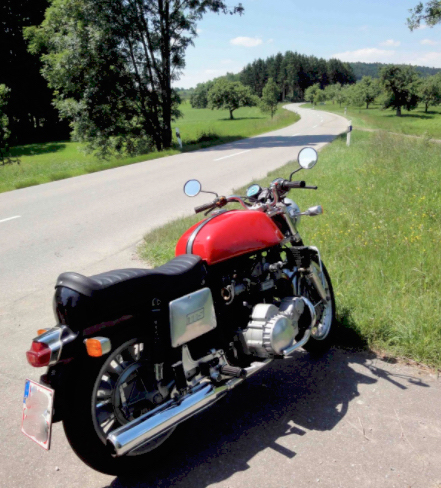
Münch began his career in the late 1940s as an independent tuner and inveterate modifier of motorcycles. His first notable work was on a Horex in 1948, which had such good performance the factory offered him a job in their competition department. He had no desire to work for someone else, and refused their offer, but later relented due to financial difficulties, a consistent theme in his business life.
After Horex went bankrupt in 1960, Münch bought their tooling, and made spares and built Horex specials (such as the tasty cafe racer above). In the quest for more speed, he created a ‘relatively’ light racing motorcycle using the NSU ohc four-cylinder engine, weighing in at around 480lbs total, and giving good performance. The frame was based on a Norton Featherbed, as were all his subsequent chassis. The first proper ‘Mammut’ (Mammoth) was built in 1966, with 996cc and 55hp, which gave good performance for the day at 115mph or so. It used a very large (250mm) magnesium front drum brake which Munch had originally developed for racing Nortons. The new machine was a sensation for its speed and impressive scale, and Munch pursued the idea of series production.
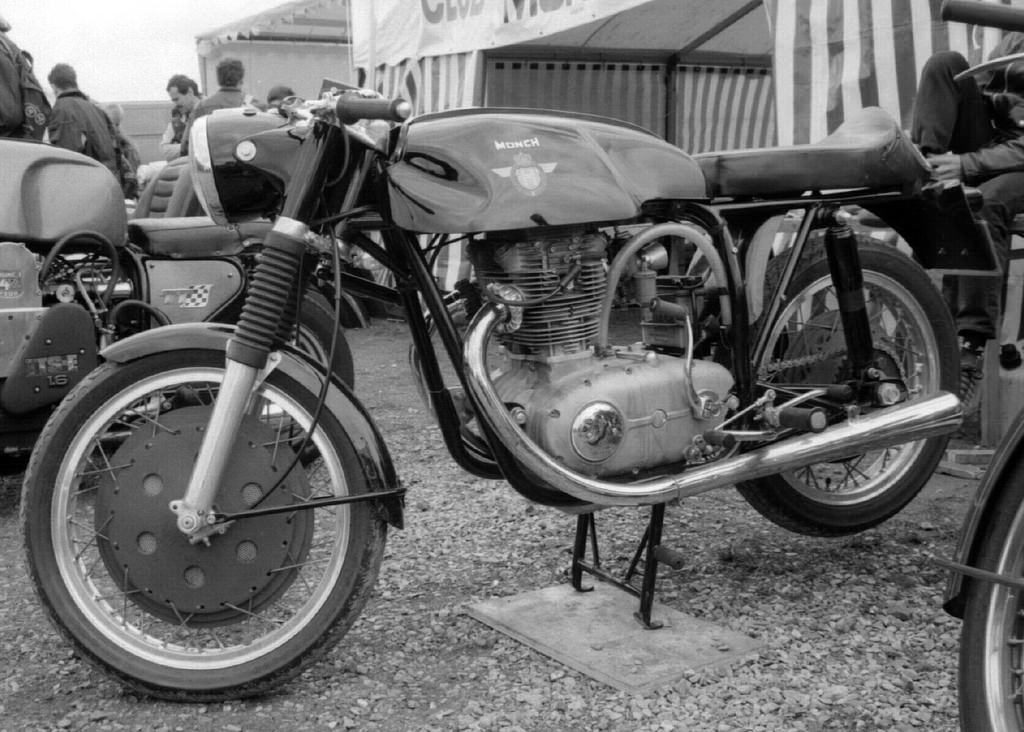
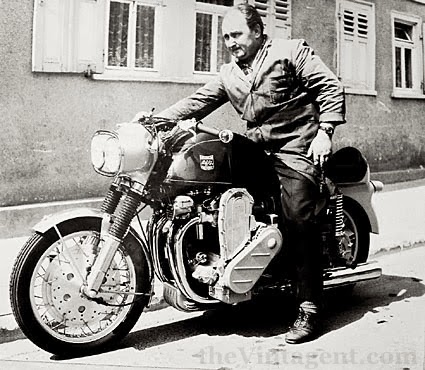
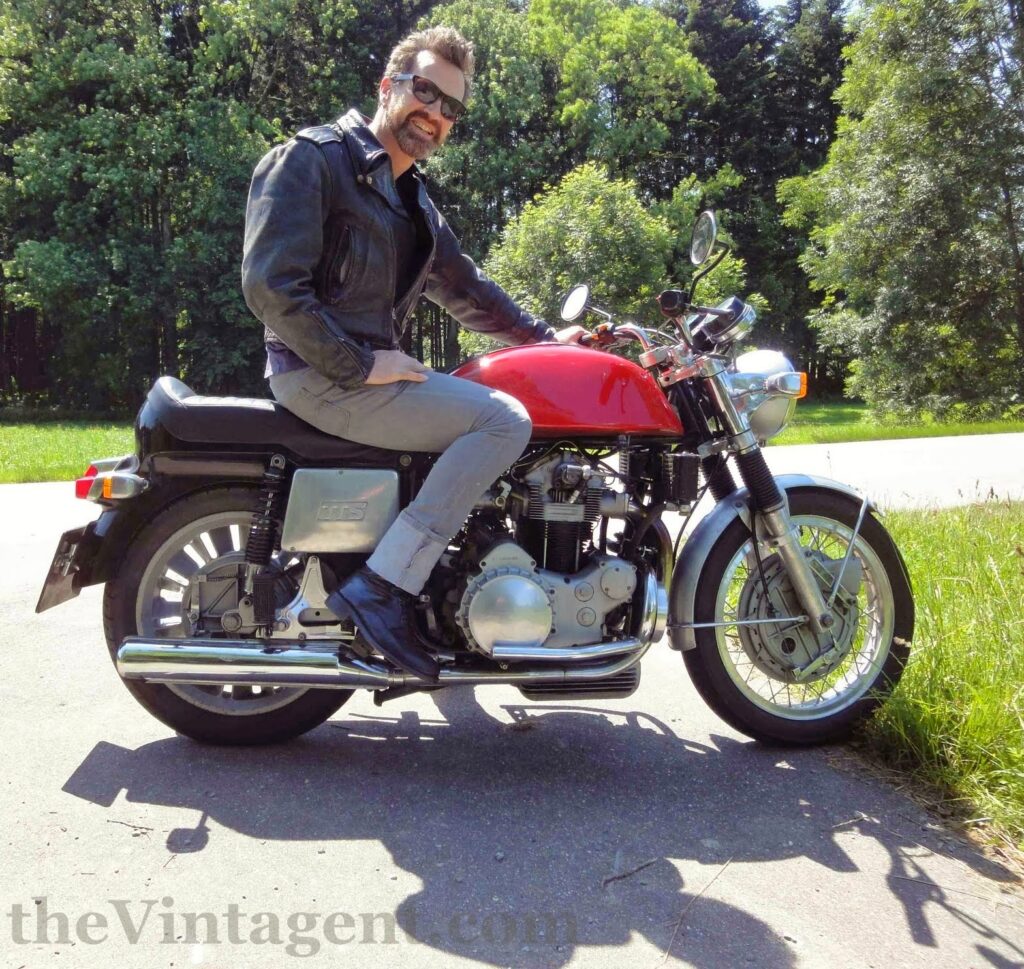
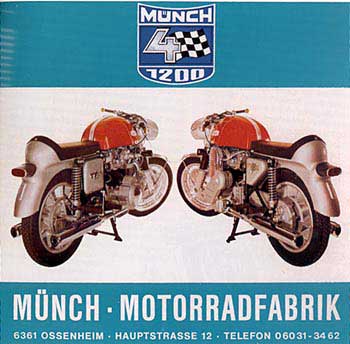
Our host warns to keep the revs up when moving off, as first gear is tall and the clutch doesn’t fully engage until the end of its reach. Regardless, we almost stall the bike as of course he’s right; give it some welly and slowly engage the clutch – the engine, clutch, and gearbox are robust and can handle such abuse.
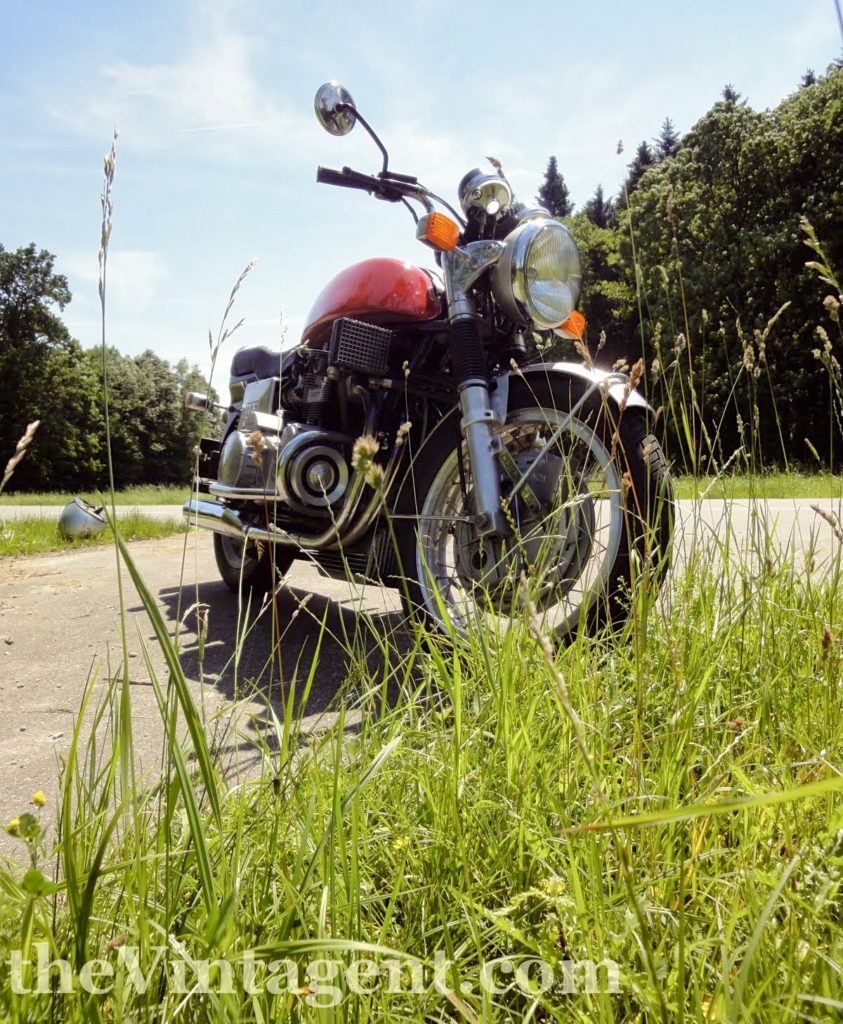
On the open road, the engine seemed happiest above 3000rpm, and hit a sweet spot between 4000-4500revs, at which point the machine is hustling along at 80mph in top gear, with a quiet motor and soft induction hiss from the Webers. But, redline is a long way away yet on the Nippon Denso tach, and winding the throttle back produced a total change in character. From smooth and quiet tourer, Mr Hyde emerged, and while it wasn’t arm-pulling, the satisfying surge of power combined with a sonic wail to remind us that there was indeed a tuned motor between our legs. Sounding for all the world like an early ’70s race car in Rally Sport mode, the carbs loudly sucked air while the mufflers gave a harsh rasp, the rev needle swung around past 5000, and the speedo was well into the illegal zone. There was no point in revving past 5500rpm, as the bike didn’t seem to spin quite so freely anymore, and the handlebars began to buzz slightly.
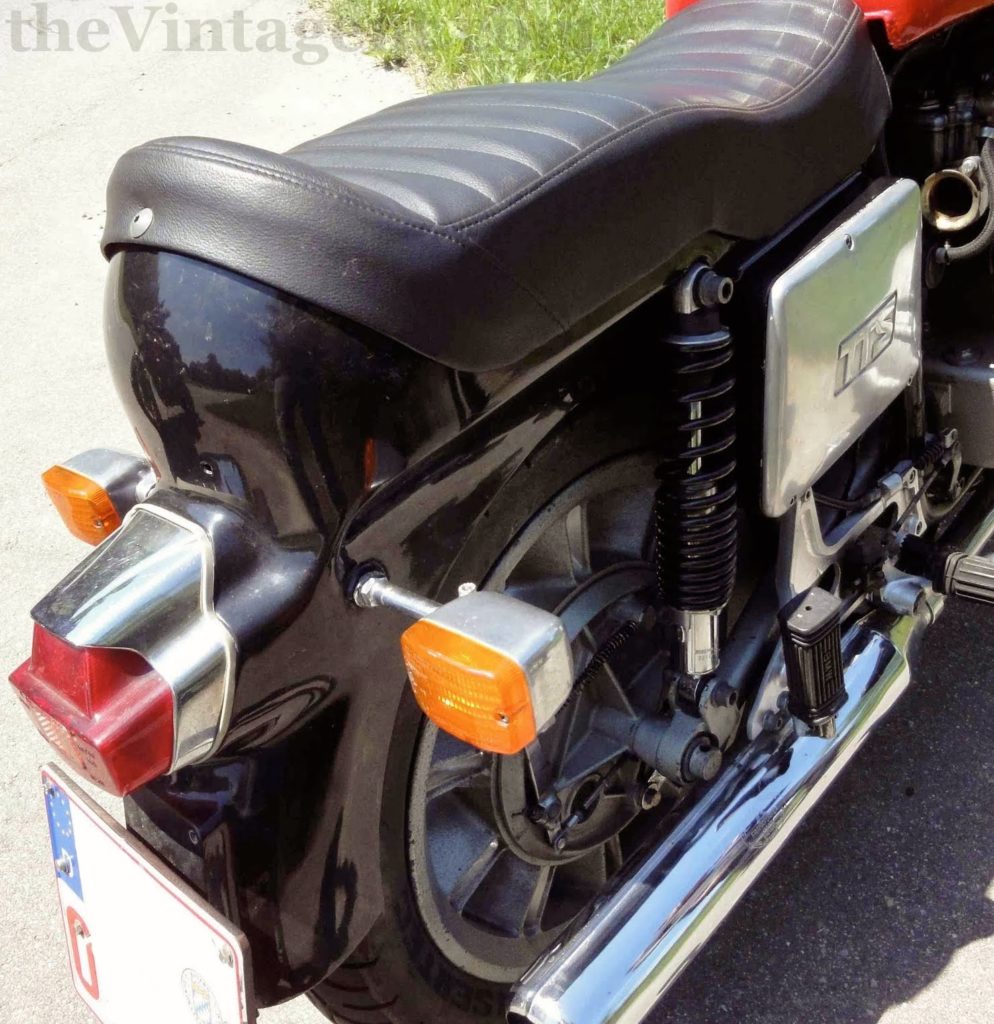
Braking with the extra-large Münch drums was very good for such a heavy bike (all-up weight with rider and fuel in this case being 820lbs!), and while not in double-disc territory, they hauled up the Mammut quickly. This was especially welcome as the engine provided almost no compression braking, seeming to have very little flywheel effect in general, from idle onward…of course, Münch used a much lighter flywheel than the NSU car. The suspension wasn’t really noticeable, which is itself a high complement; the front forks are Rickman items, and hold the road very well without being Italian-stiff. The riding position was very comfortable, more sport-touring mode than uncompromising boy racer, as of course, most Mammut owners were middle-aged connoiseurs, able to afford a handmade Superbike.
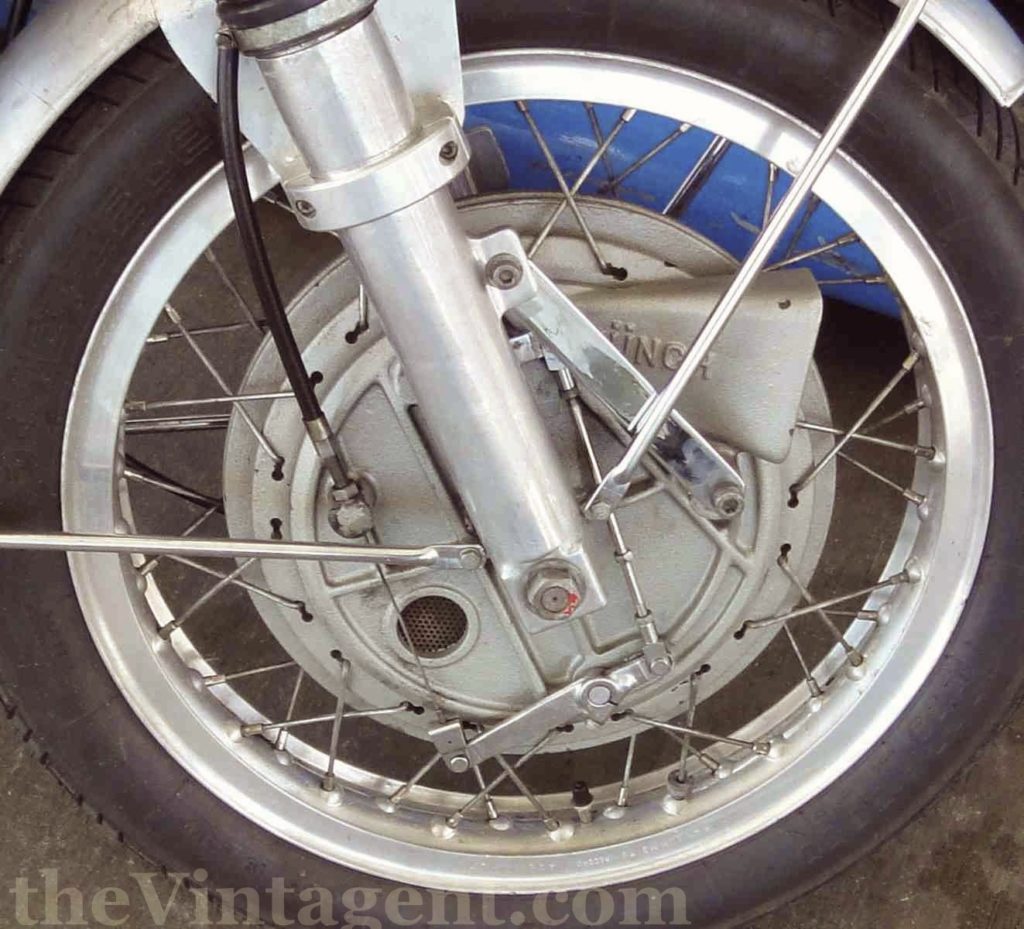
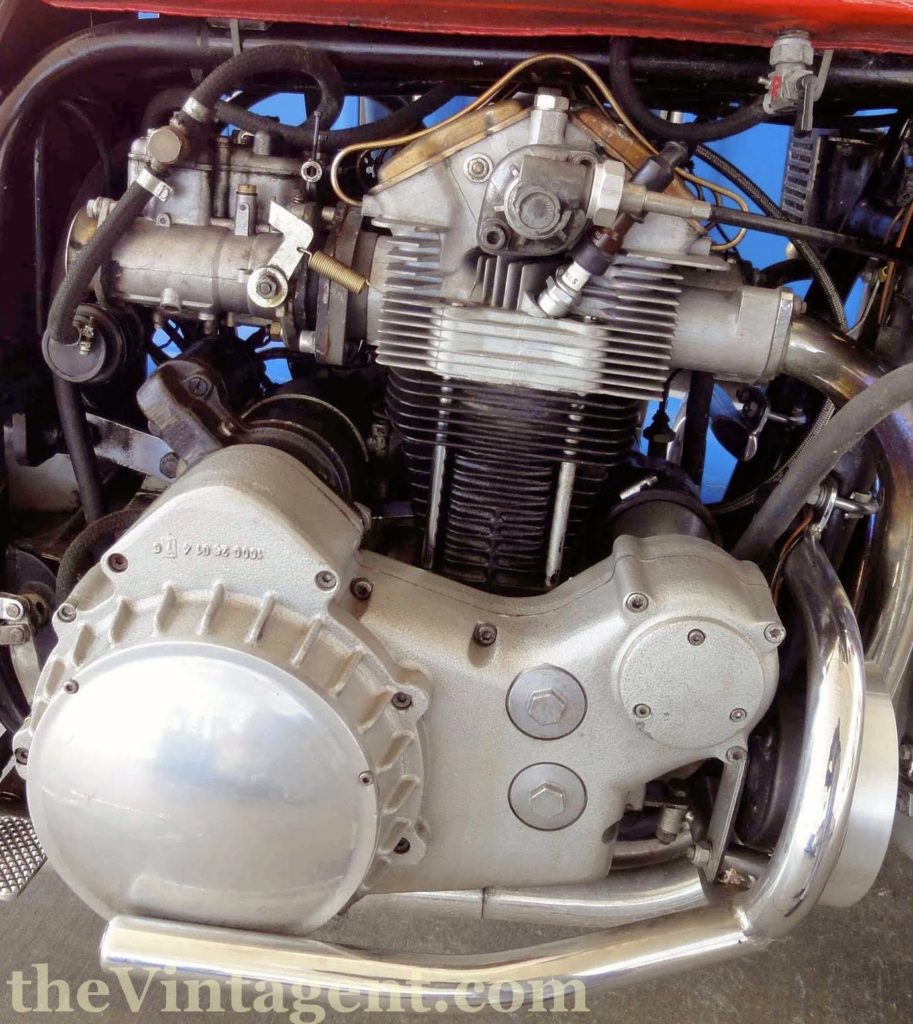


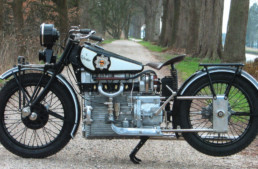
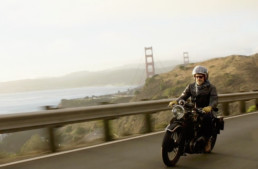
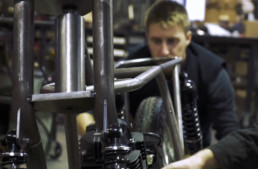
God these things are ugly . But god knows .. I love them . Call the Munch one of my M/C guilty pleasures
A Video recommendation featuring a Munch in action … if you can handle the excess weirdness …
” Mammuth ” .. ( French w/English subtitles )
😎
I am lucky enough to own two Munchs. To me Munch is the Vincent Black Shadow of German motorcycles. Much like the Tiger Tank and the ME 109, they were overbuilt with pride taking precedence over practicality.
Small correction. The four cylinder motors came from the later NSU TTS models, not from the Prinz which used a two cylinder motor or, in the case of the later Sport Prinz, a Wankel rotary.
I don’t believe there was ever a “1200 TTS”. The TTS was always a 996cc homologated car meant for competition in an under 1 litre class. They are rarer than rocking horse shit, only 2400 or so ever made, and most of them made into racers and crashed over and over. The TT could be had in 1.2 litre form though. I’m pleased to have a TTS and TWO piles of rocking horse shit in my garage.